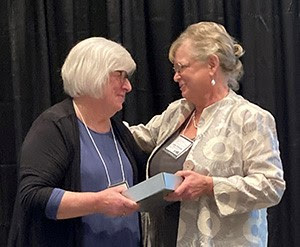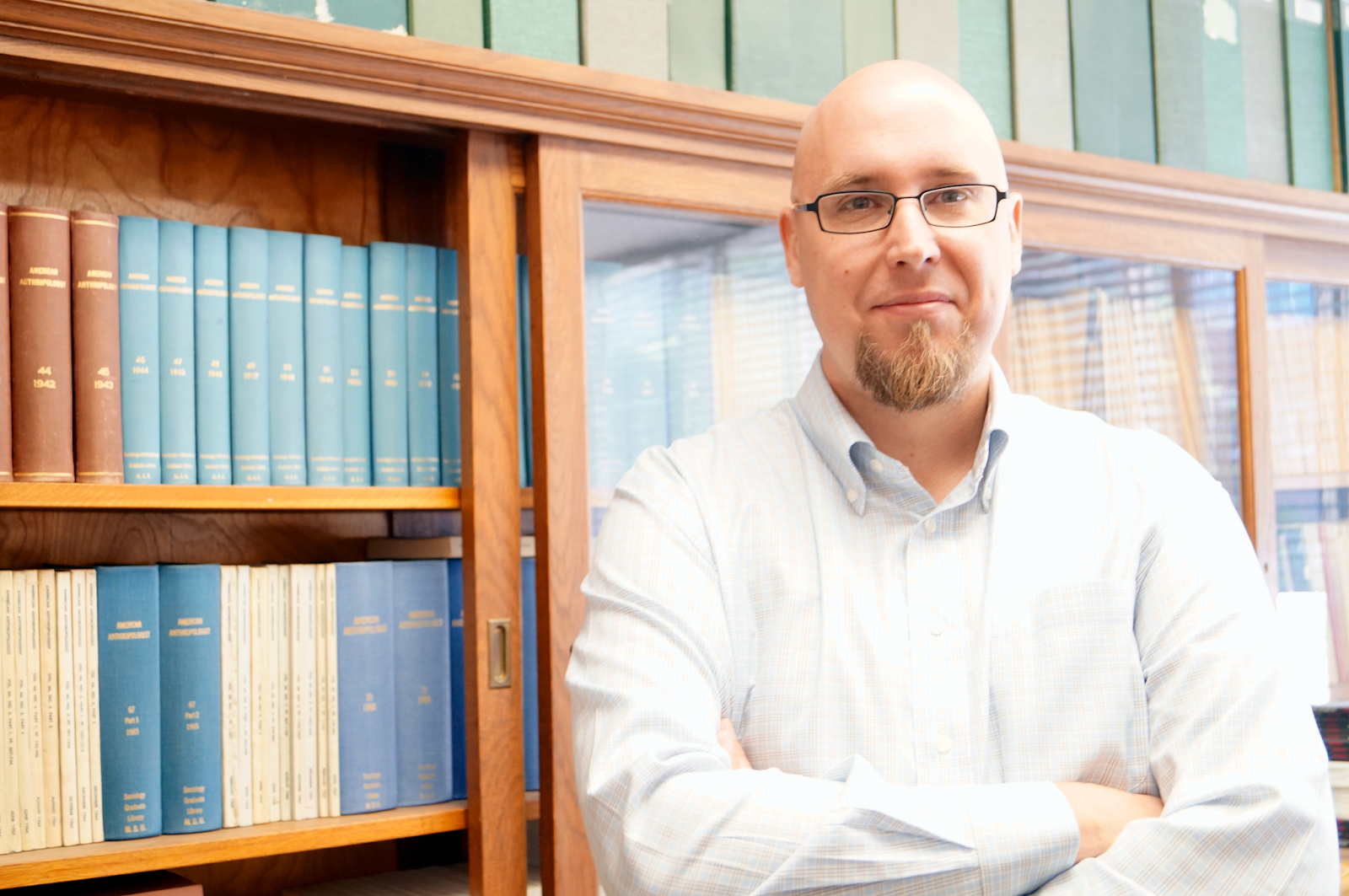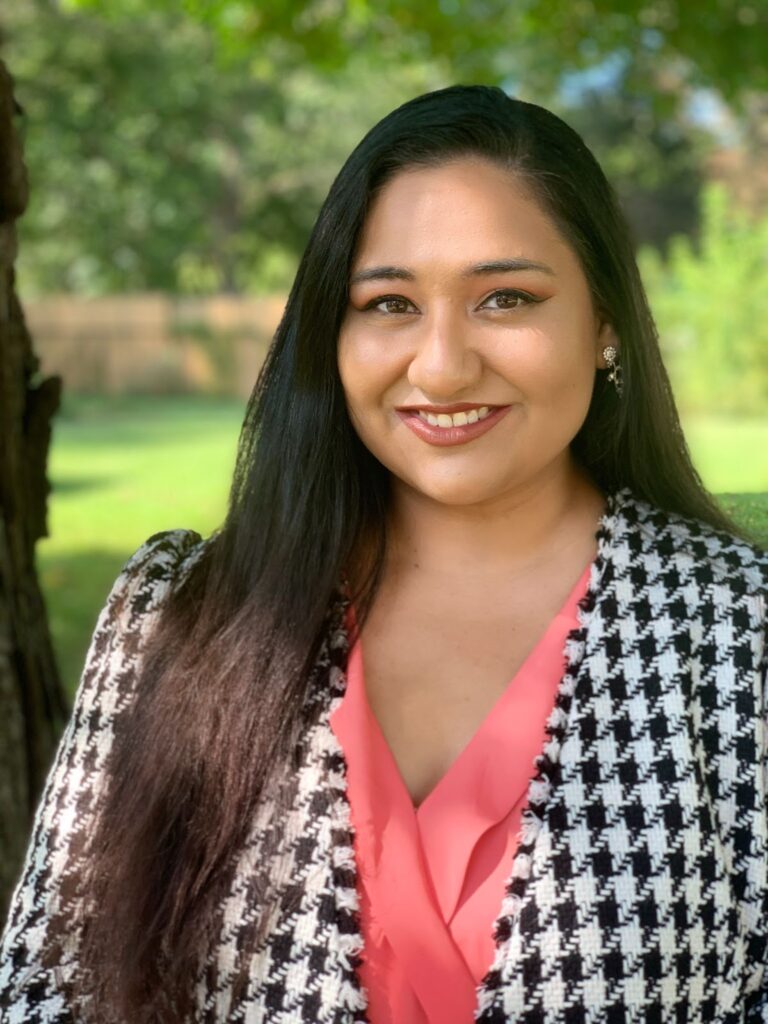-
Featured Staff, Roxanne Moran
The Department of Anthropology is delighted to feature Roxanne Moran, who has been working in the department for sixteen years. Roxanne began her career at Michigan State University in March 2001. She initially worked as a teller in the Cashier’s office, then moved to Contracts & Grants. In 2006, Roxanne joined the Department of Anthropology […]
-

New Graduate Program Director, Dr. Stacey Camp
The Department of Anthropology is pleased to announce that Associate Professor and the Director of the MSU Campus Archaeology Program, Dr. Stacey Camp is our new Graduate Program Director. Dr. Camp sees this as an excellent opportunity to get to know incoming students and help graduate students navigate their academic programs. Dr. Camp has been in administrative roles […]
-
Department of Anthropology Graduate Student Publications: 2022
Graduate students in the Department of Anthropology are often able to begin publishing their research in academic journals before graduating. Congratulations to our graduate students on their publications in 2022! The names of the graduate students are in bold, and the names of Anthropology faculty members are underlined. Biggs, Jack. A., Jeffrey J. Burnett, Rhian R. Dunn, Emily B. […]
-

Anthropology professor and former chair Dr. Jodie O’Gorman receives distinguished award and reflects on career
By Katie Nicpon During the annual Midwest Archaeological Conference (MAC), Dr. Jodie O’Gorman, MSU Department of Anthropology professor, received the Distinguished Career Award that recognizes archaeologists who have demonstrated excellence and contributed significantly and regularly to the advancement of Midwestern archaeology. “I”m honored to receive the Distinguished Career Award and I’m very grateful to those […]
-

Associate Professor Ethan Watrall Elected as a Fellow of the Society of Antiquaries
The Department of Anthropology is pleased to announce that Associate Professor Dr. Ethan Watrall has been named a Fellow of the Society of Antiquaries. Founded in 1707 and granted a royal charter in 1751, the Society of Antiquaries is based in London and charged with furthering the study and preservation of heritage and archaeology in Britain and […]
-

Dr. Ampson Hagan joins the Department of Anthropology as College of Social Science Dean’s Research Associate
The MSU Department of Anthropology welcomes Dr. Ampson Hagan as their new College of Social Science Dean’s Research Associate. Dr. Hagan earned his PhD in anthropology from University of North Carolina Chapel Hill and joined MSU in fall semester 2022. “I applied to the College of Social Science Dean’s Research Associate Program at MSU because […]
-
MSU Department of Anthropology holds Human Remains Excavation Course for Michigan State Police
By Katie Nicpon Caption: The MSU Forensic Anthropology Lab facilitated a training session in Lansing for members of the Michigan State Police force. The training involved how to properly excavate and handle remains. The skeletons used for the training were made of plastic. Photo credit: Jacqueline Hawthorne, MSU College of Social Science photographer. In September, […]
-

Anthropology Grad Student Spotlight: Kelsey Merreck Wagner – Human-environment relationships and art as activism
By Katie Nicpon Passionate about the intersection of people, animals, environment and activism, Kelsey Merreck Wagner is a Ph.D. candidate in the MSU Anthropology program and is also an artist. Since the pandemic, she has been weaving community trash into tapestries and preparing for her dissertation research trip to Thailand in October. MSU Anthropology PhD […]
-

MSU Anthropology professor and undergraduate participate in Smithsonian global oyster study
Dr. Sanchez, MSU Department of Anthropology assistant professor, and his colleague Dr. Michael Grone, California Department of Parks and Recreation, contributed to the global study of Indigenous oyster fisheries, which synthesized over a century of archaeological findings from the San Francisco Bay Area. The synthesis of these data was supported by MSU Anthropology major Emily […]
-

MSU alum named Executive Director of the Hispanic Latino Commission of Michigan
In September 2021, the Hispanic/Latino Commission of Michigan (HLCOM) named MSU alumna Dr. Isabel Montemayor-Vazquez the executive director, and she began her role that same month. Dr. Montemayor-Vazquez received both her master’s and doctorate’s degrees from the MSU Department of Anthropology. “I was interested in this position because it marries my political science background and […]